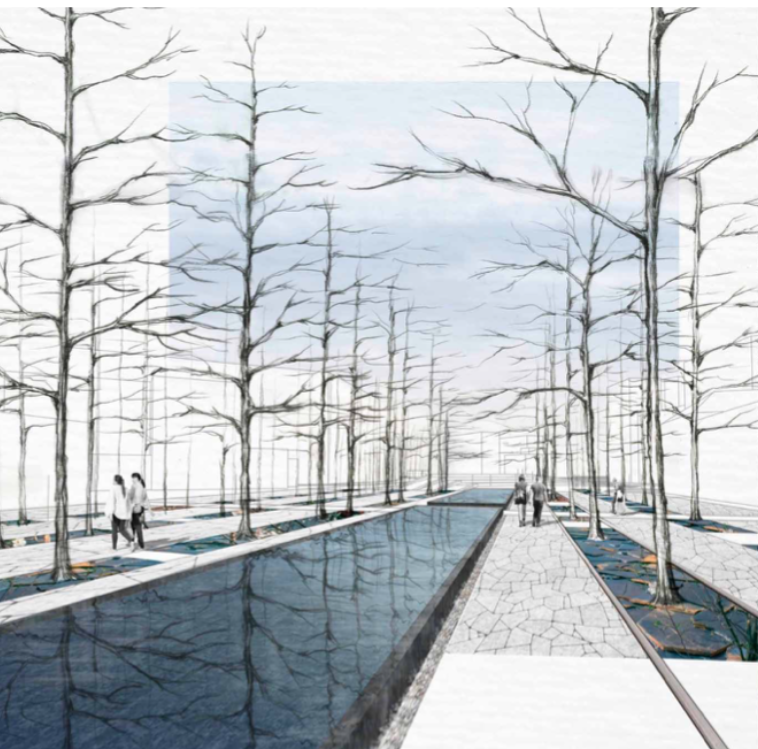
Published 2020-09-01
Keywords
- Perception, imagination, aesthetics, design, ecology
How to Cite
Abstract
The European Landscape Convention (CEP) is an instrument to open discussions and debates about areas that cover natural, rural, urban and peri-urban areas, including land, inland water and marine areas. This text would like to debate about the pragmatical central CEP theme of how communities perceive areas as exceptional landscapes to be planned through actions of restoration and creation. Not all areas can be recognized as landscapes, but it happens when communities establish cultural, economic, and social actions with natural areas that produce interesting landscapes to be considered as community values. The text briefly analyzes two important projects built in New York City: The High Line and the Brooklyn Bridge Park. Since they are emblematic and well known landscape architecture projects, the analysis focuses on the cultural and aesthetic process to perceive these two areas as landscapes to be planned through ecological design. The second part concerns about teaching experiences of landscape architecture studios at the University of Pennsylvania. Selecting three different areas in three cities, the teaching studios experiment the process to perceive areas as landscapes, and how these landscapes can be planned through design concept based on art, beauty, and ornament. At the same time, these exercises open discussion about an idea of ecology concerning the simplicity of the design process to reach an ecological aesthetic. Specifically, they are three design experiences carried out in Shanghai, for a suburb metropolitan art park; in Milan, for a new beautiful urban space for the Genoa’s Gate; in Prague, for an ornamental landscape of an abandoned industrial landscape along the Vltava River.






